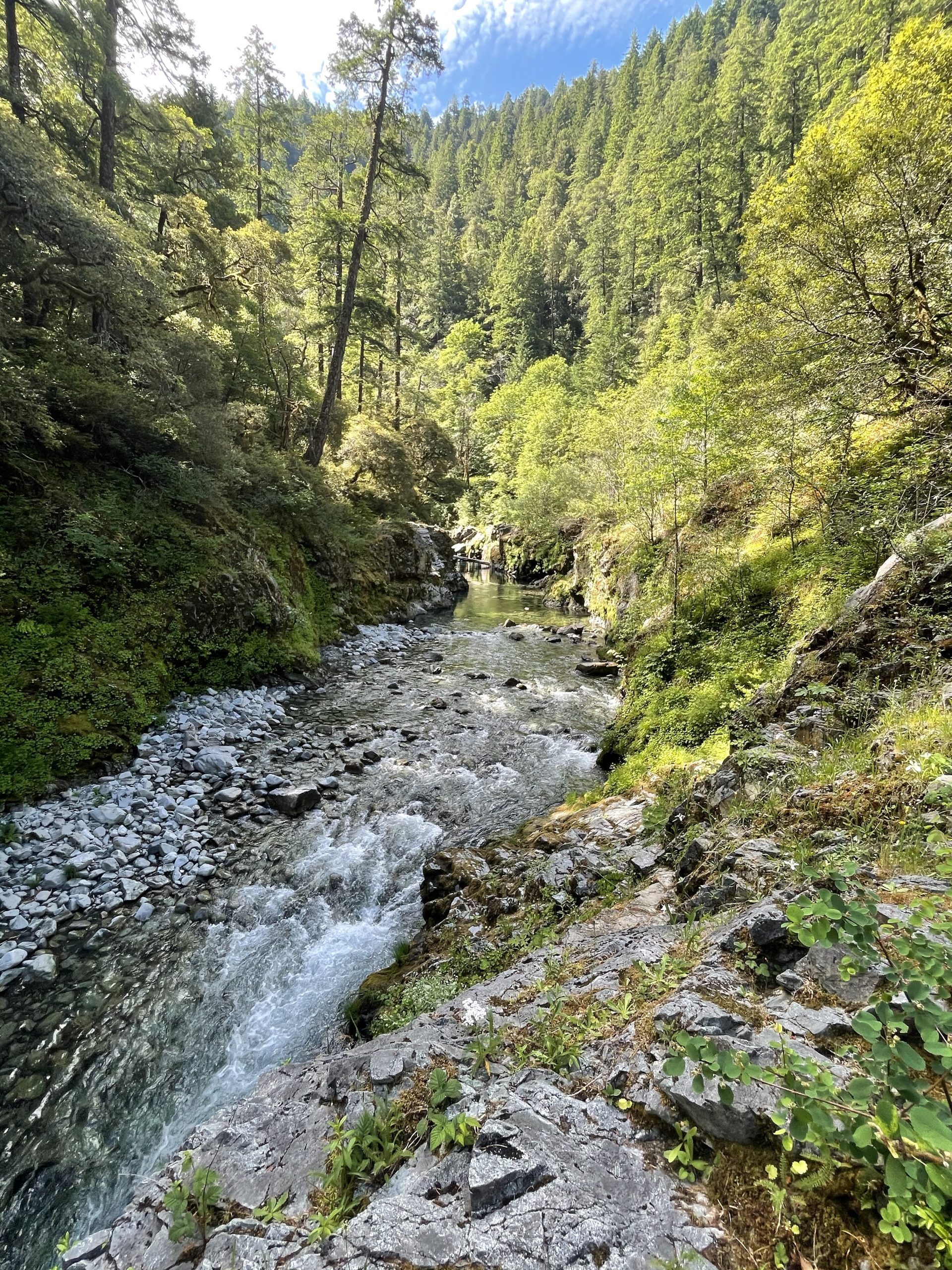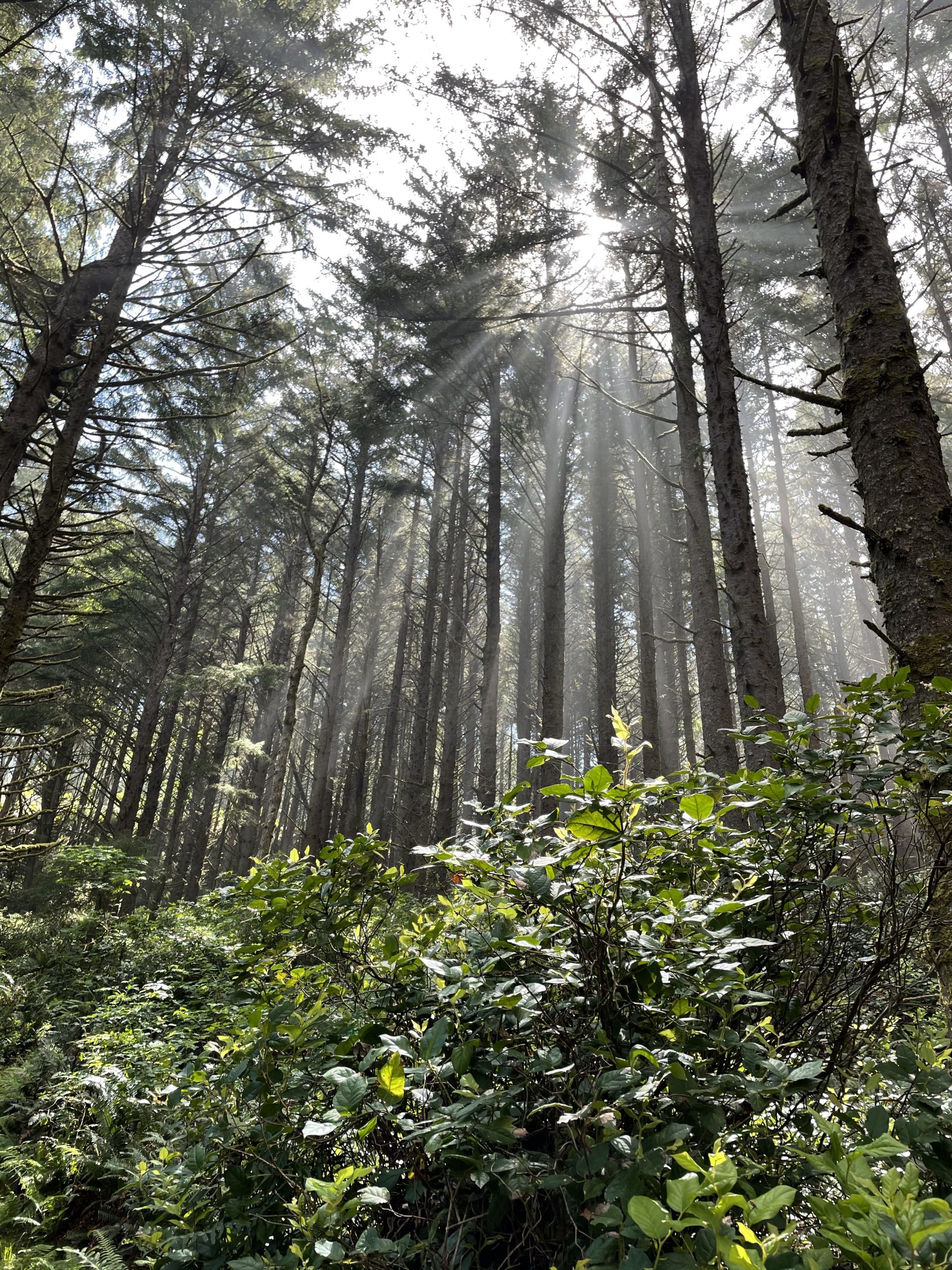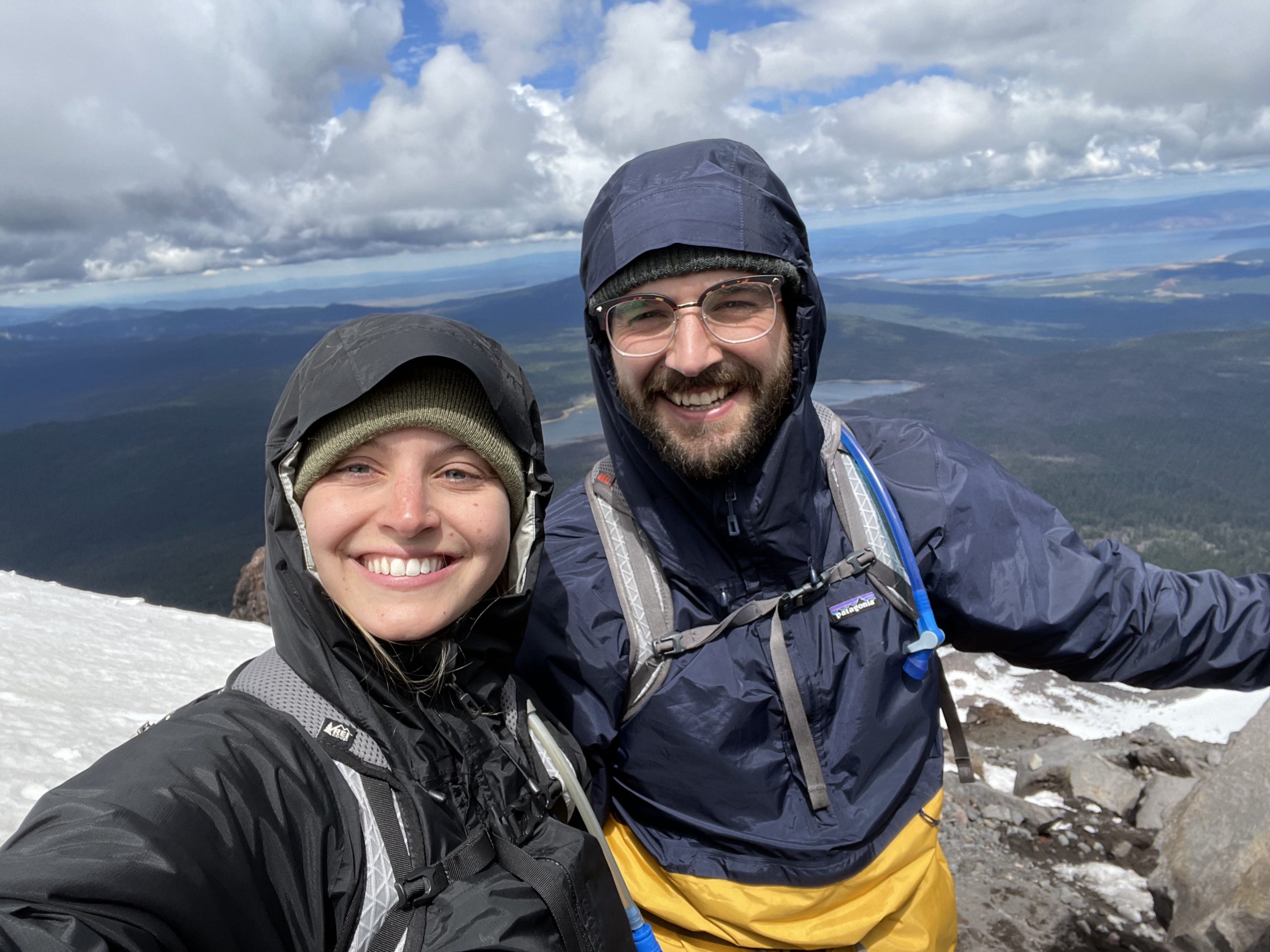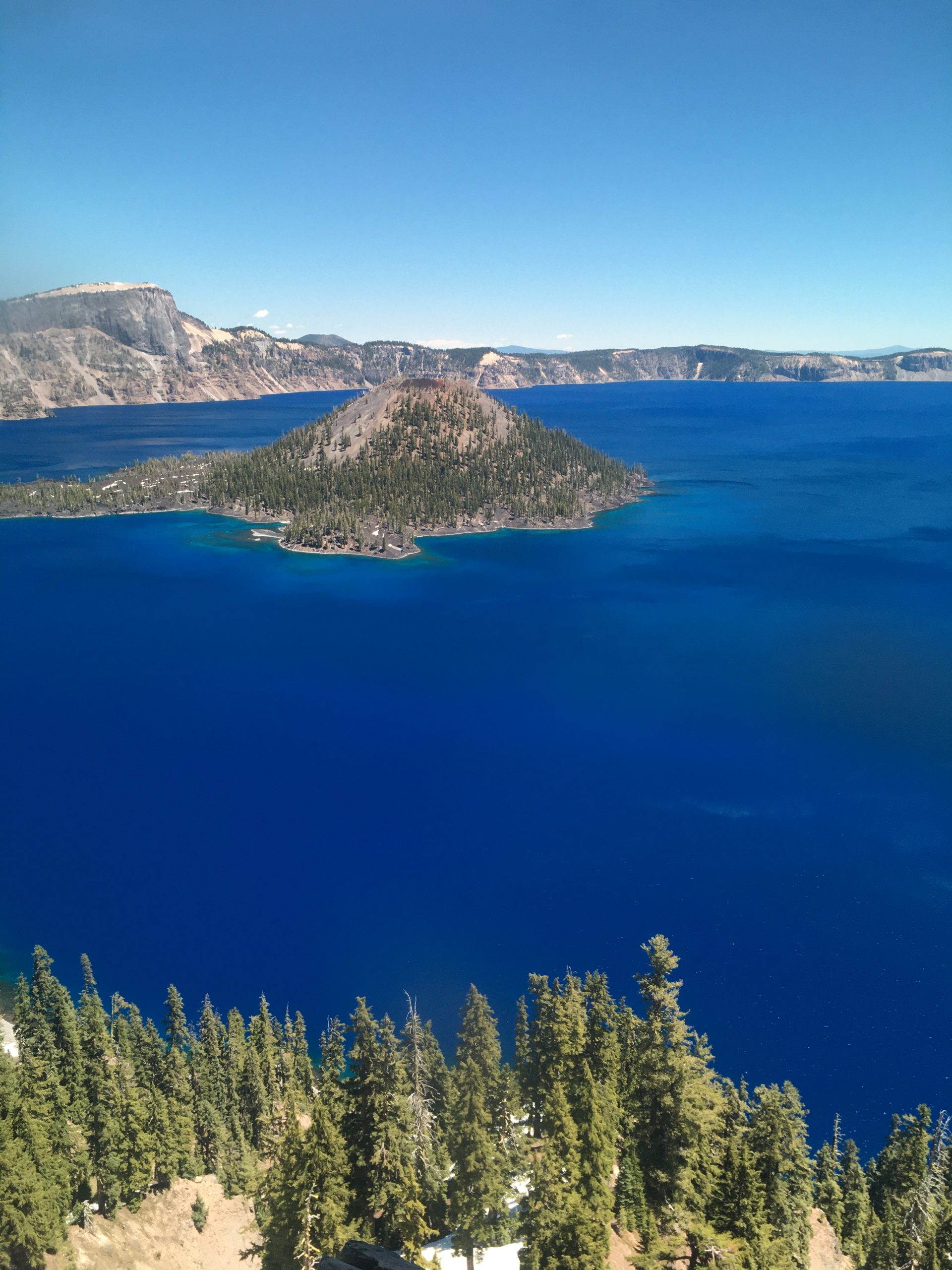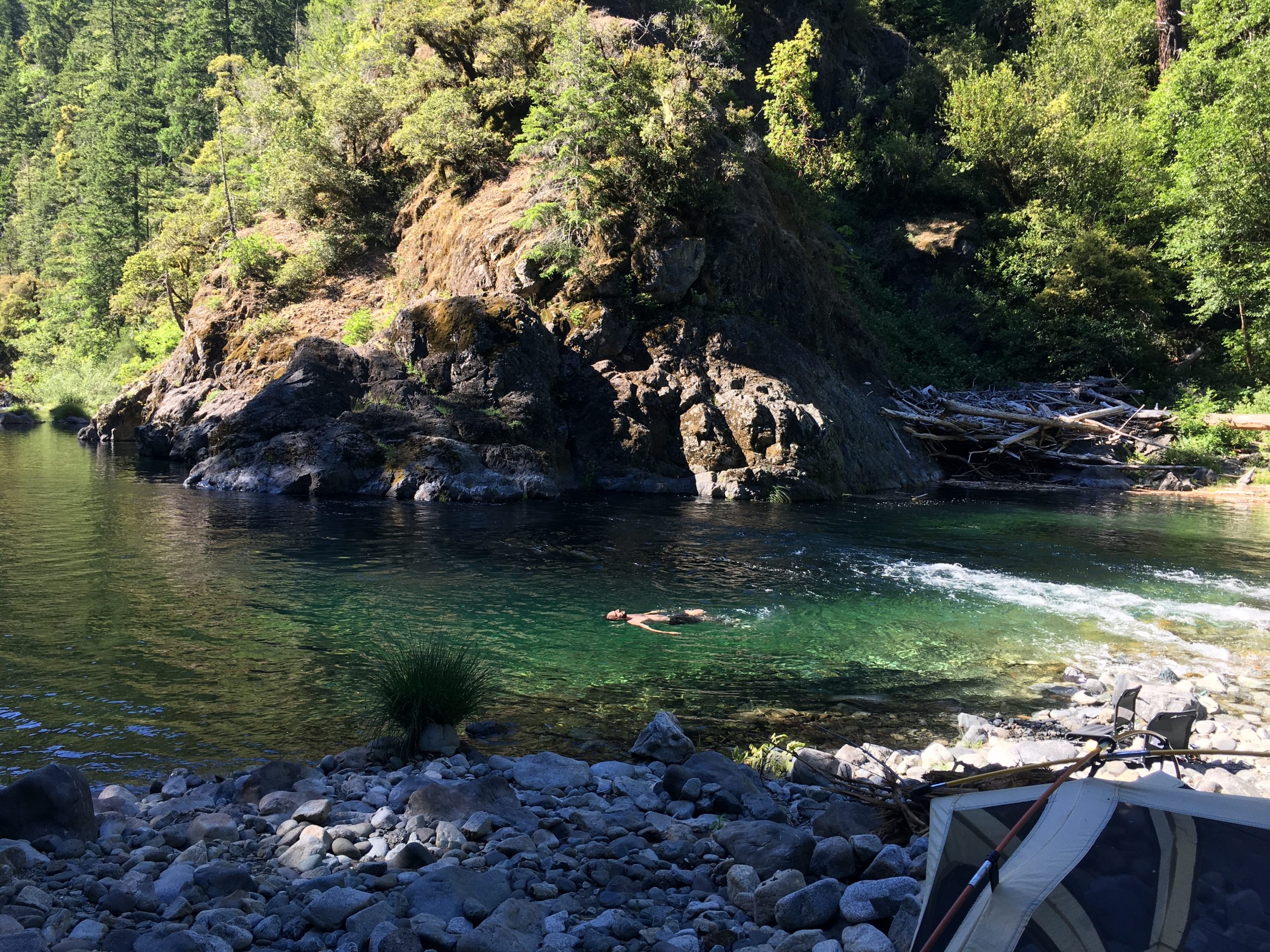For starters, I cannot believe that it is almost July! This past month or so in Oregon has been full of beautiful sights and many learning experiences and I am in disbelief in how fast it’s going by! That being said, I appreciate this opportunity to look back on those moments and share them, allowing them to settle in my memory and grow in value. It’s worth mentioning that a good reason why this past month flew by is mostly due to the fact that Justus and I have been very busy. Today, being an “office” day, allows me the time to reflect and realize how much I’ve already grasped and seen in this time.
To pick up where I left off, the following weeks were mostly consisting of electrofishing for trout species in Long Creek. My previous mentor, Justus and I traveled the hour and a half ride to the field site for several days together until we were confident enough to take on the task alone and alongside some of The Nature Conservancy employees. All of whom were very kind, knowledgeable and a joy to have during the days that were snowy and cold. Now, it has been just Justus and I traveling everyday to the site, and the weather has taken quite the turn. While we started in the snow, we ended in the heat. With that came mosquitos and leaky, smelly waders. Nonetheless, I gained a lot of electrofishing experience, knowledge about fish behavior, honed in on my fish ID skills, learned how to PIT tag, and grew my relationship with my co-intern. Currently, we are in a heat wave experiencing near 100 degree weather. Thankfully, our time at Long Creek came to an end just before it hit. But, we are on to more field work this week working with Modoc Suckers conducting habitat monitoring. I’m excited to learn more and have experience with a new species.
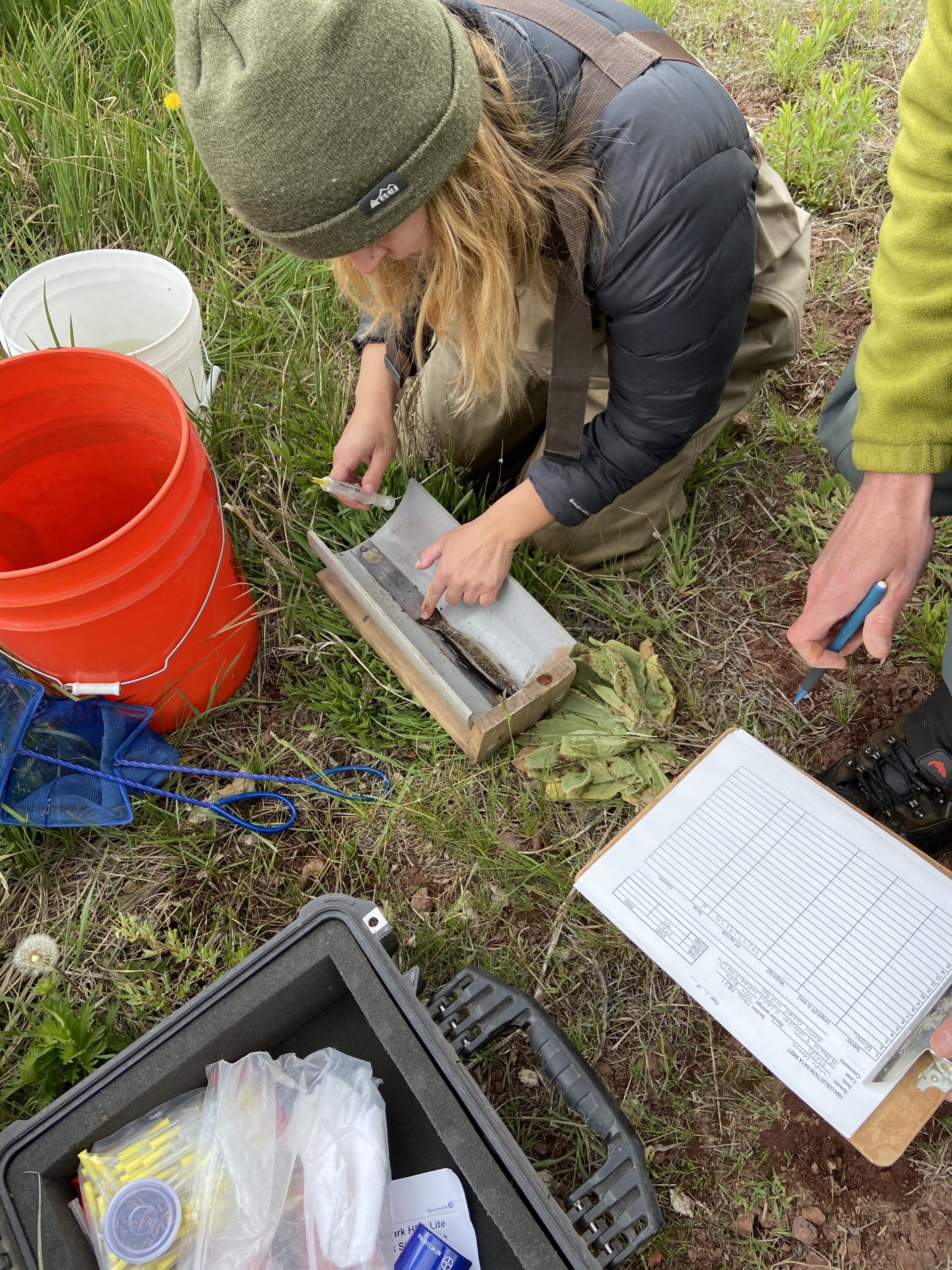
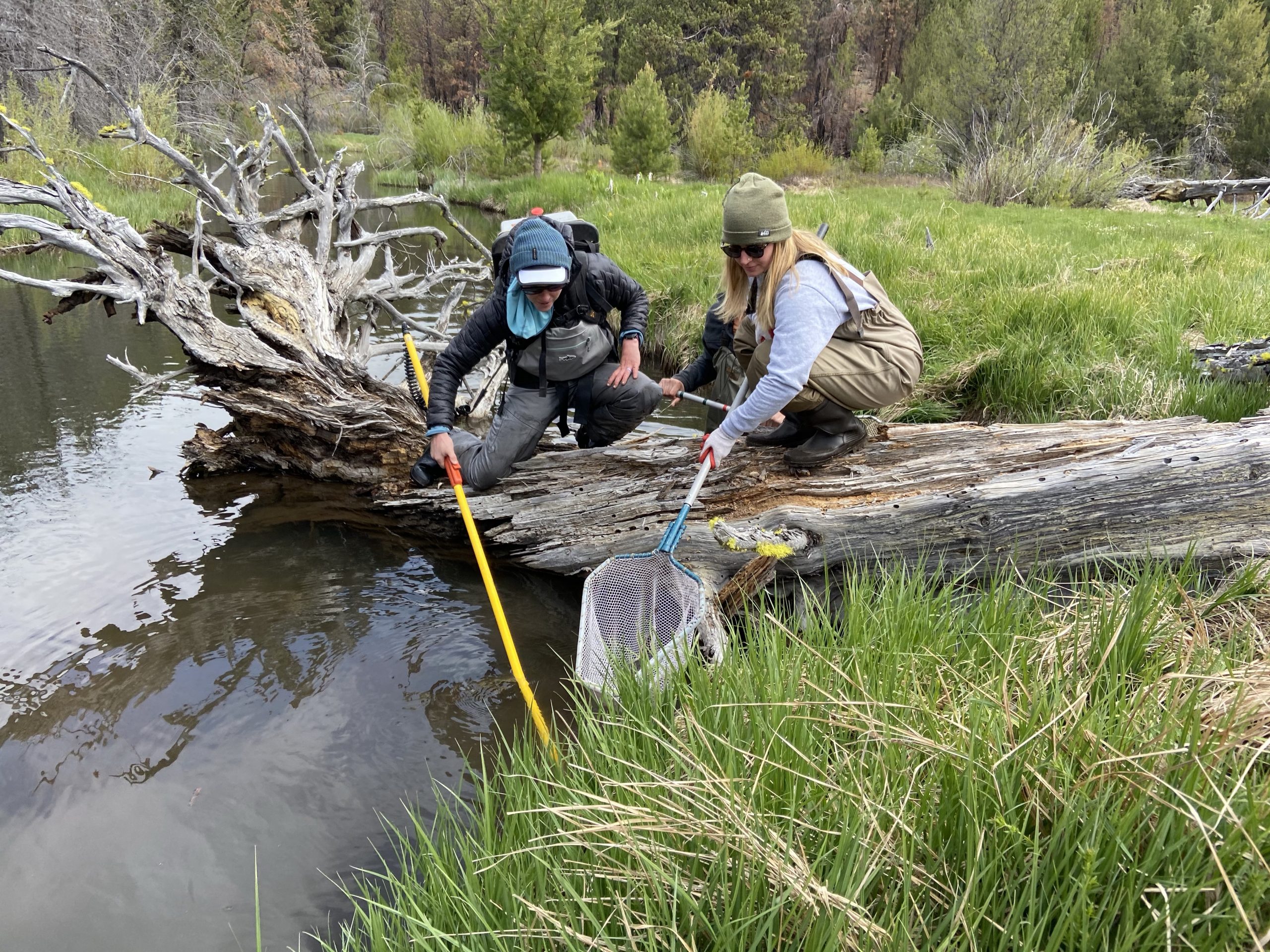

In the days that we weren’t at Long Creek, we were at the FWS hatchery, Gone Fishin’. I’d like to just share that I love that name for a hatchery. At this well-named hatchery, I got to assist in a variety of tasks alongside staff. A FWS staff member (Josh) offered to show us around the property where we were first introduced to staff, the goals of the hatchery, the Lost River and Shortnose sucker species, and some of essential tasks needing to be done. One of which we participated in that same day, was counting larvae that were collected that morning. In each cooler there were thousands of larvae that needed to be accurately counted in each tank. It was straining to the eyes, but very cool to help the first step in their goal to conserve these species. Now, having been to the hatchery a number of times, Justus and I have counted thousands more larvae, helped clean tanks, count mortalities, maintain the grounds, feed both larva and juvenile fish, and the most exciting one- help milk and fertilize eggs. We were lucky to have been there the day that they decided to collect sperm and eggs from male and female suckers to gather fertility data. There was unfortunately only one female with eggs, but they used that opportunity to fertilize, incubate, and hope for development. I really enjoyed watching and helping with these tasks. That same day was when the federal government announced their new regulations on masks- fully vaccinated people didn’t have to wear one. We all simultaneously took our masks off and saw each other’s faces for the first time. It was a bizarre but positive moment.
Another day, we got to go out with FWS staff Michelle, to collect larvae ourselves. That involved boating on the Williamson River, sifting the shorelines with our dip nets until all of our coolers were full. I was grateful to participate in this step to see a larger view of the process of conserving these species.
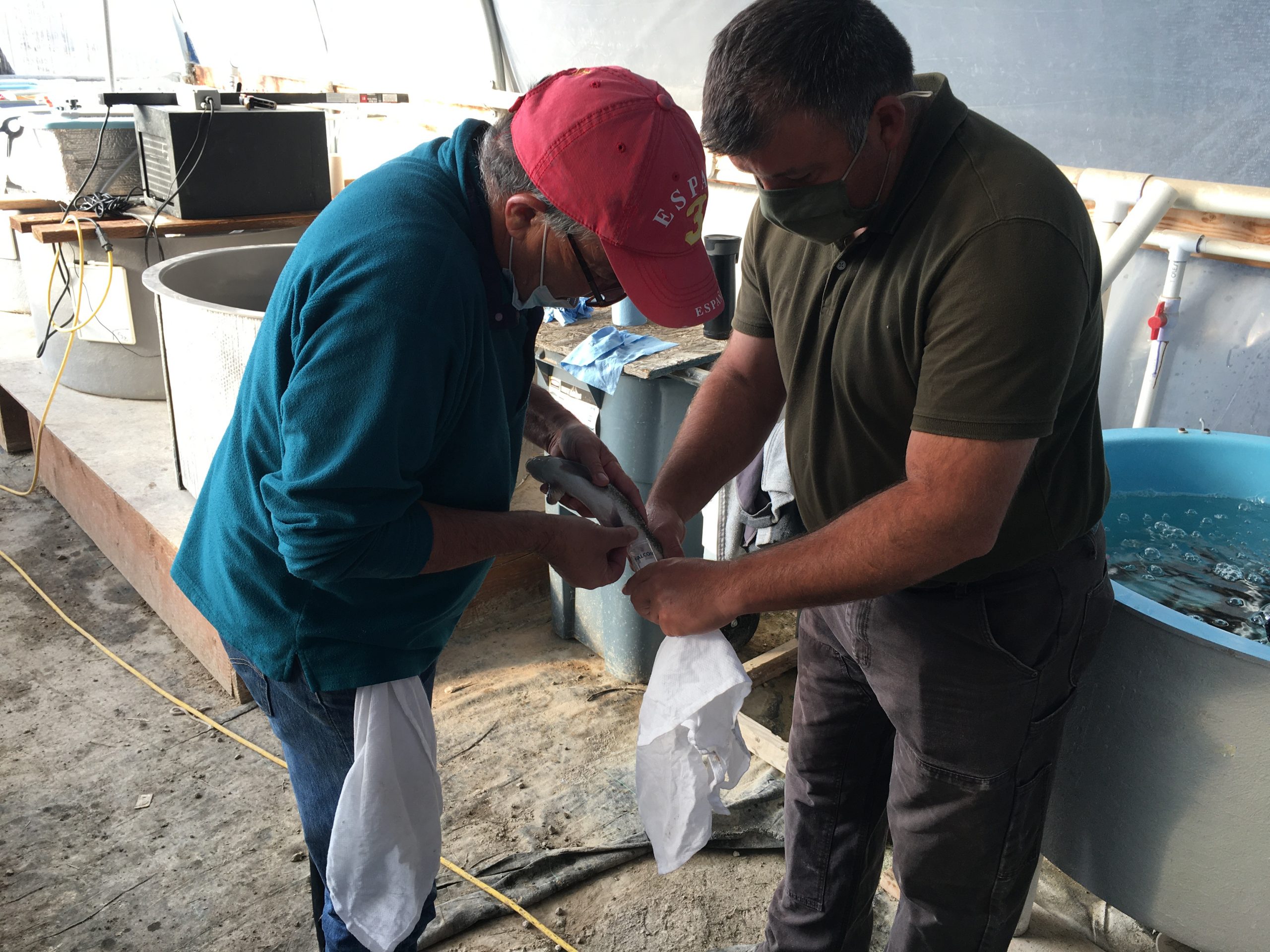
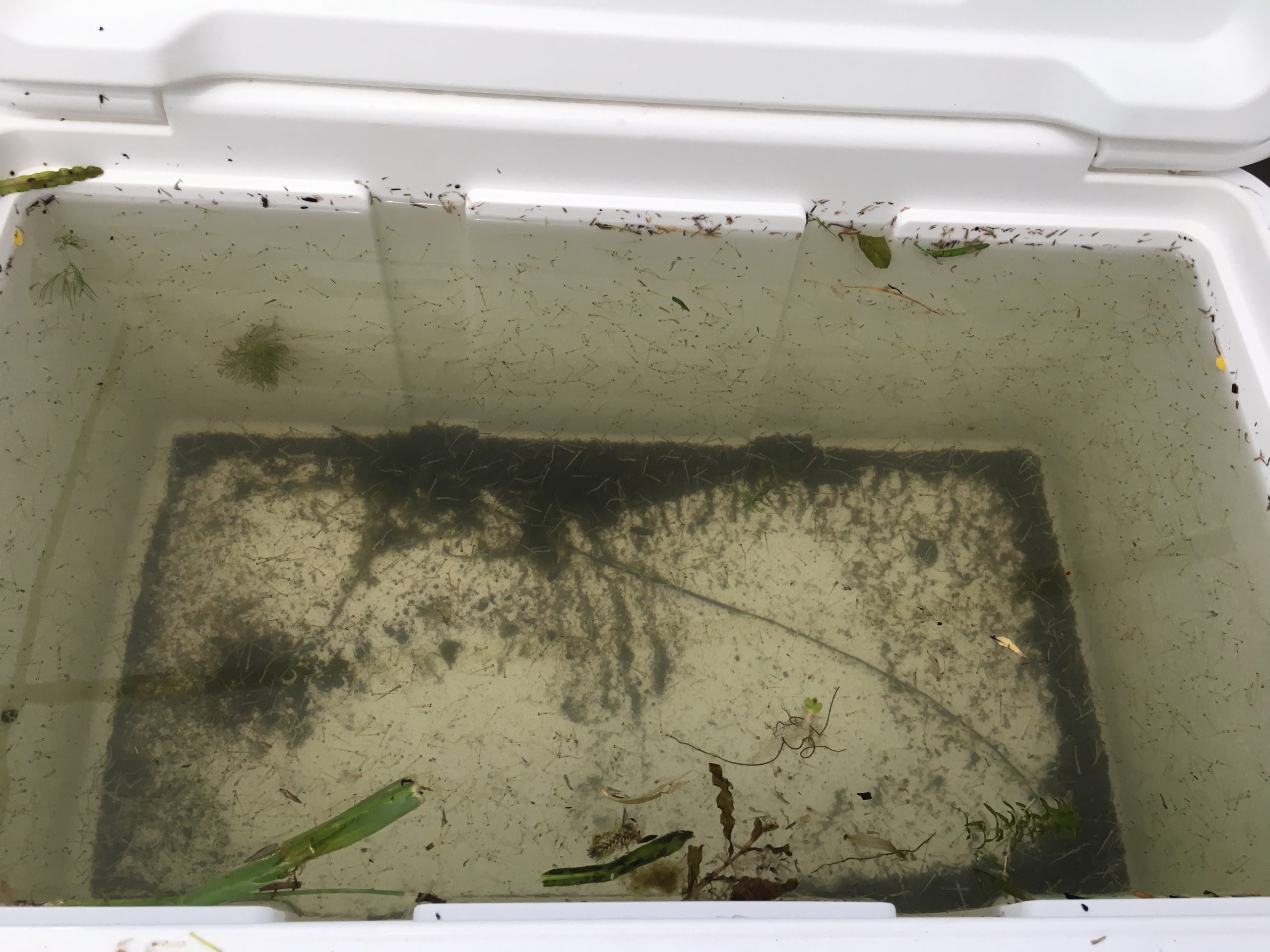
Apart from my internship experiences, I have had the privilege to spend my weekends seeing the beauty of Oregon. Besides the fact that this internship offers me a very valuable education that will set me up for my future, along with connections, unforgettable experiences, etc., I really was drawn to the location, as well. Oregon has a new place in my heart. I feel like it always had one, but now I have the memories here. I owe that to the crystal clear rivers in the mountains, the mountains themselves, the cloudy coast with their enormous slugs (Banana slugs are my favorite), rocky yet lush landscape, the strong coastal winds, the birds, the lack of humidity, and the river rocks.
This experience so far has shown me my abilities and the reality that there are so many places to see, people to meet, and new things to learn. I want the days to go by slower so I can soak in everything and see and learn as much as I can while I’m here. Please enjoy the images! I can’t wait to share what the next month will bring.

